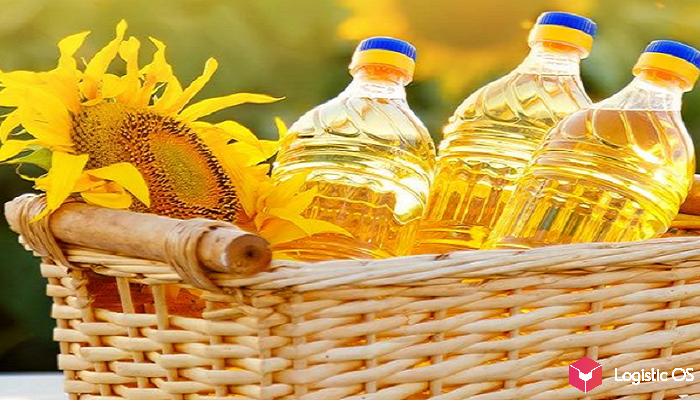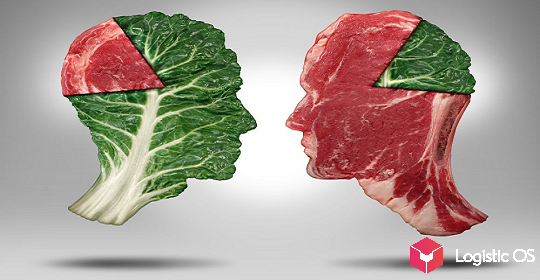Their growth is due to several factors: higher gasoline prices, higher demand and lower yields.
According to the Federal State Statistics Service, the total oilseed harvest in Russia for the past season amounted to over 21 million tons.
And although this is 1.5 million tons less than a year earlier, 2020 will still go down in history as the second largest oilseed crop. This also applies to soybean and sunflower crops.
The production of sunflower oil also sagged, but not significantly: from September 2020 to January 2021, 2.5 million tons of oil were produced in Russia. This is 0.7% less than a year ago for the same period.
Why are the prices of vegetable oils continuing to rise?
The first reason is an increase in oil prices. For example, in March, Brent crude oil rose in price by 2.1% (not to mention the latest surges associated with the accident in the Suez Canal)
It would seem: what is the connection?
However, vegetable oils are largely used as feedstock for biofuel production. Accordingly, conventional fuel becomes more expensive — both biological and its components become more expensive.
The second and probably the most important factor is the decline in the global sunflower harvest .
It is associated with bad weather in Russia, Ukraine, the European Union, Argentina, and these are the leading sunflower producing countries.
All this causes a deficit and, as a result, a rise in prices.
For example, in Ukraine by the beginning of February, no more than 4.3 million tons of sunflower stocks remained, which is one third lower than last year’s level.

Another factor in the growth of prices for oilseeds and oils is the growing demand for them from China .
After the death of almost all Chinese livestock due to swine fever two years ago, pigs have multiplied a little again — which means they need a lot of feed. In this regard, for example, China has increased imports of soybeans by 13% (which is 100 million tons).
True, in the near future soybeans, like other oilseeds, may fall in price if, thanks to prolonged rains in Brazil, as well as in Argentina, a record harvest of this crop is collected.
Finally, the coronavirus pandemic still remains a factor slowing down the global economy.
It is hoped that when it begins to decline, trade between different countries will recover at the same level, which will lead to stabilization of prices.

